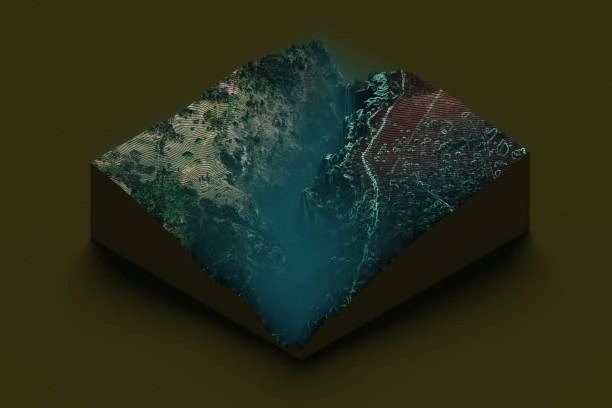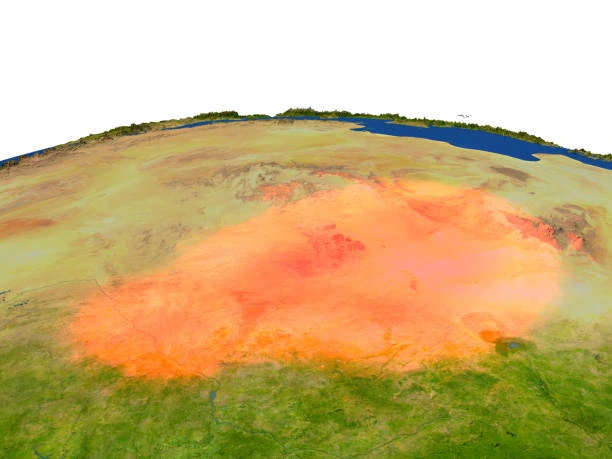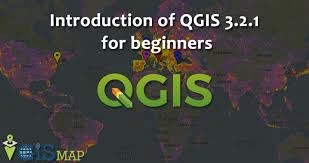This course provides a comprehensive introduction to Geographic Information Systems (GIS), a powerful tool for spatial data analysis, mapping, and decision-making across various industries. Participants will gain an understanding of the fundamental concepts of GIS, including data types, spatial analysis, and map creation. Through hands-on exercises and practical examples, learners will explore how GIS can be used to visualize and analyze spatial data, solve real-world problems, and enhance decision-making processes. This course is ideal for beginners who want to build a strong foundation in GIS.
Course Duration
10 Days
Who Should Attend
- Professionals new to GIS and spatial data analysis.
- Environmental scientists, urban planners, and geographers.
- Students and researchers in geography, geology, environmental science, or related fields.
- Individuals interested in mapping and spatial data visualization.
- Decision-makers and analysts looking to incorporate spatial analysis into their workflows.
Course Objectives
By the end of this course, participants will be able to:
- Understand the basic concepts and components of Geographic Information Systems (GIS).
- Identify different types of spatial data and their applications.
- Use GIS software to create, manipulate, and analyze spatial data.
- Develop skills in map design and cartographic principles.
- Perform basic spatial analysis to solve real-world problems.
- Apply GIS in various sectors such as environmental management, urban planning, and resource management.
- Interpret and communicate spatial information effectively through maps and reports.
- Understand the role of GIS in decision-making processes.
- Explore the latest trends and developments in GIS technology.
- Build a strong foundation for advanced GIS studies or professional applications.
Course Outline:
Module 1: Introduction to GIS
- Definition and concepts of GIS
- Components of a GIS system
- Applications of GIS in different sectors
Module 2: Spatial Data Fundamentals
- Types of spatial data (vector, raster)
- Coordinate systems and projections
- Data acquisition and sources
Module 3: Data Management and Processing
- Importing and exporting data
- Data cleaning and preprocessing
- Spatial analysis techniques (buffering, overlay, interpolation)
Module 4: GIS Software Basics
- Introduction to popular GIS software (e.g., QGIS, ArcGIS)
- User interface and tools
- Creating and editing maps
Module 5: Spatial Data Visualization
- Map design and composition
- Creating thematic maps and charts
- Using color, symbols, and labels effectively
Module 6: Spatial Analysis Techniques
- Distance and proximity analysis
- Network analysis
- Terrain analysis
- Spatial statistics
Module 7: Web Mapping and GIS
- Introduction to web mapping technologies
- Creating web maps using GIS software
- Sharing and publishing GIS data online
Module 8: Advanced GIS Topics
- Geoprocessing scripting and automation
- Spatial decision support systems (SDSS)
- Case studies of GIS applications
Module 9: GIS in Specific Fields
- GIS for urban planning
- GIS for environmental management
- GIS for natural resource management
- GIS for transportation planning
Module 10: Project Development and Presentation
- Developing a GIS-based project
- Data collection and analysis
- Map creation and presentation
- Project report writing
Customized Training
This training can be tailored to your institution needs and delivered at a location of your choice upon request.
Requirements
Participants need to be proficient in English.
Training Fee
The fee covers tuition, training materials, refreshments, lunch, and study visits. Participants are responsible for their own travel, visa, insurance, and personal expenses.
Certification
A certificate from Ideal Sense & Workplace Solutions is awarded upon successful completion.
Accommodation
Accommodation can be arranged upon request. Contact via email for reservations.
Payment
Payment should be made before the training starts, with proof of payment sent to outreach@idealsense.org.
For further inquiries, please contact us on details below:






